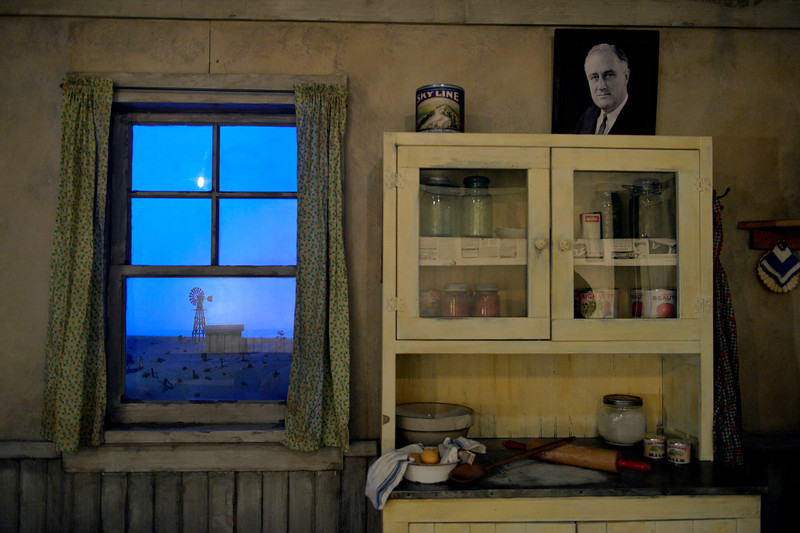
17 Nov History Colorado Opens 7,000-square-foot Exhibition “Living West”
Here’s an interesting article by Colleen O’Conner about the ambitious new exhibit that opens on November 23rd at the History Colorado Center in Denver and is divided into three sections; “Mesa Verde,” “The Dust Bowl” and “Our Mountains:”
The lost world of the Ancestral Pueblo people, who spent more than 700 years in the Mesa Verde region, comes alive in “Living West,” the ambitious new 7,000-square-foot exhibit that on Nov. 23 launches the second of three exhibition phases at the History Colorado Center.
More than 200 artifacts — pottery and baskets, textiles, sandals, ceremonial objects, farm tools, axes — help re- create the daily lives of indigenous people who lived in the large cliff dwellings in southwest Colorado.
“Living West” explores the dynamics between the people of Colorado and its challenging environment, and the focus on this ancient culture also spotlights a prized treasure. The Wetherill Collection, acquired in 1890, is the first major collection made from Mesa Verde and the first major collection acquired by History Colorado.
Nationally, it’s considered one of the most significant collections of Mesa Verde artifacts because of its diverse range of objects, excellent state of preservation, and what it says both about the history of exploration and research in the region and about the Ancestral Pueblo people.
“I’m in awe of it,” said Sheila Goff, assistant curator of community and culture. “They had bone and stone tools, and look at what they produced.”
The exhibit also includes rare objects, like a sock and a pillow, poignant reminders of how the ancient farmers, basket-makers and potters went about their daily lives.
Ongoing fascination with the mysterious end of this culture and its people, who thrived for 700 years before dispersing about A.D. 1200, was triggered by a Colorado rancher named Richard Wetherill, who began collecting the artifacts with his four brothers in 1888.
Wetherill had been hunting for lost cattle near Mancos with a Ute named Acowitz, who told Wetherill about what he called “the big city” high on the plateau, and led him to an extraordinary site that turned out to be Cliff Palace, the largest and most famous cliff dwelling in what is now Mesa Verde National Park.
Continue Reading History Colorado opens 7,000-square-foot exhibition “Living West”



Sorry, the comment form is closed at this time.